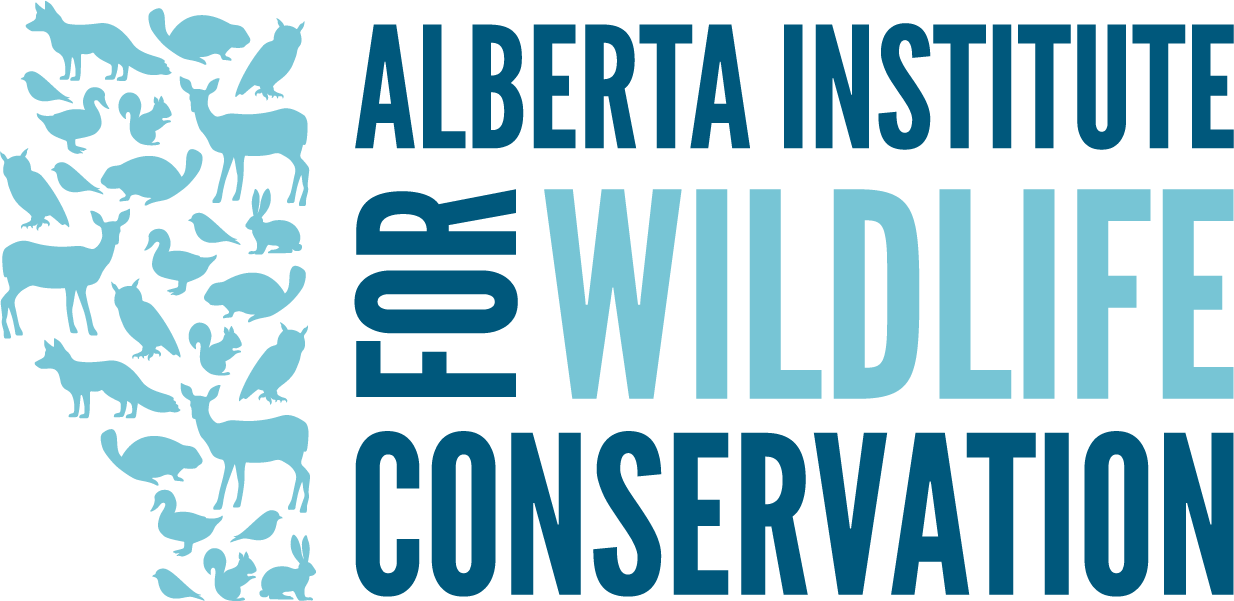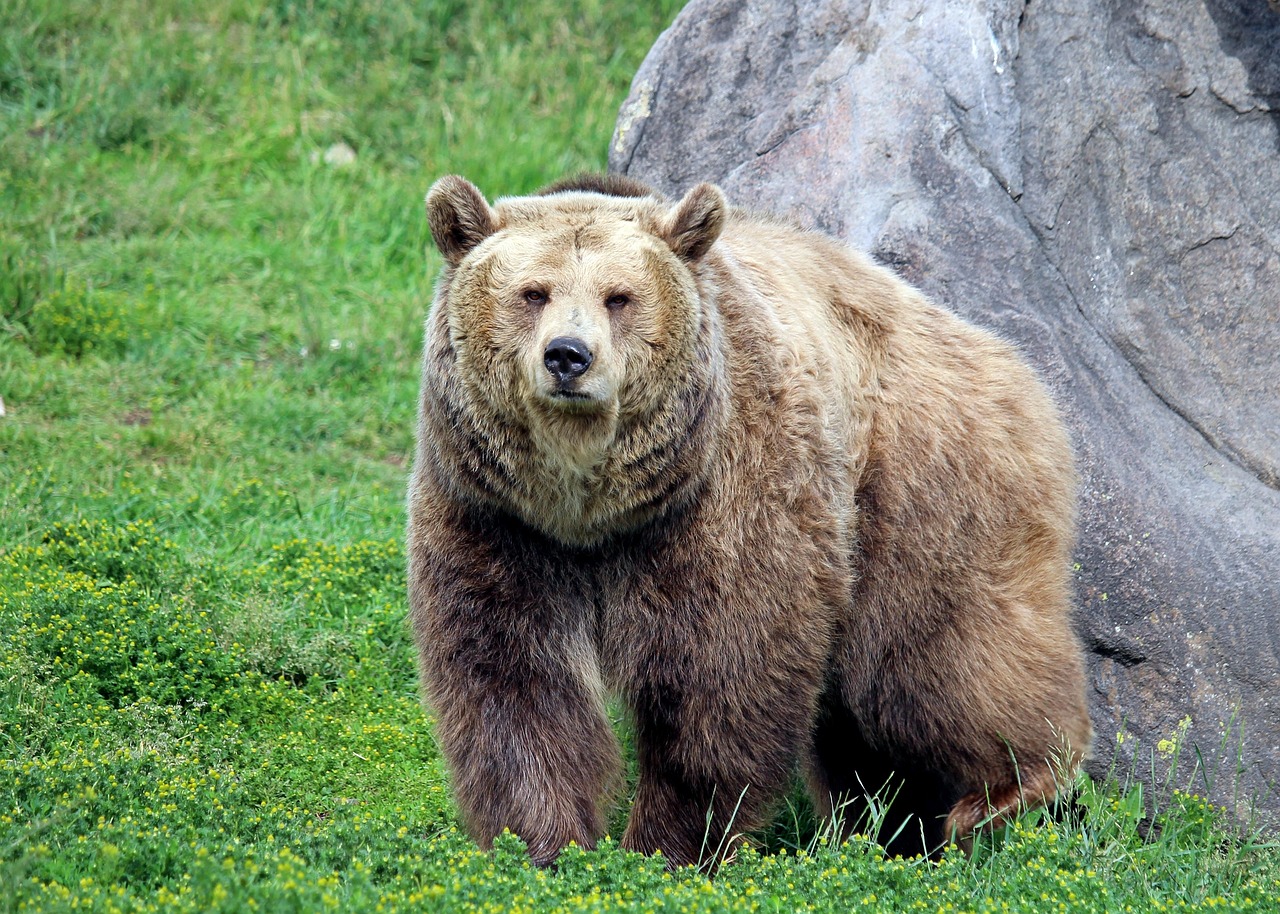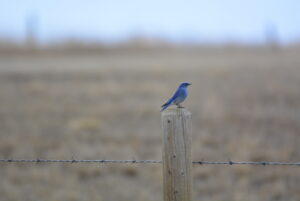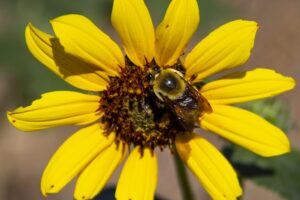By Holly Hastings
So, you’ve heard of extinction…but have you heard of extirpation?
Unlike extinction, where a species no longer exists anywhere, extirpation is known as “local extinction,” where a species or population no longer exists in a geographical location. This means that at least one other population of the species exists in another area. The habitats of species might change in response to climate change, or due to changes in food availability or predator presence. When a species migrates from an area or no longer exists within a specific region, it has been extirpated from that area.1
One of the primary forces behind species extirpations is human activity, which encompasses overhunting and overtrapping, habitat destruction, rapid urbanization, introducing invasive species, removing or damaging natural resources, and pollution.2 Such extirpation of species from their habitat can have trickle-down ecological effects. One example is called a trophic cascade, where the removal of predators results in increased populations of prey animals, which can then in turn lead to increased demand for primary food resources, including vegetation.3
A notable example of a trophic cascade is the great extirpation of gray wolves (Canis lupus) from Yellowstone National Park in the early 1900s. The wolves existed widely across North America, and the American government declared them vermin for their predation on livestock. They were completely extirpated from the park, which ultimately led to populations of elk and other prey species becoming uncontrollably large. These herbivores grazed intensively on the vegetation to the point of depleting the natural resources for other animals in the area, including beavers and bears. In 1995, gray wolves were reintroduced to the park and have since been able to positively reverse the effects of their extirpation by restoring balance to the natural ecosystem.3,4
Closer to home, below are some examples of extirpated species from Alberta.
Plains Grizzly Bear
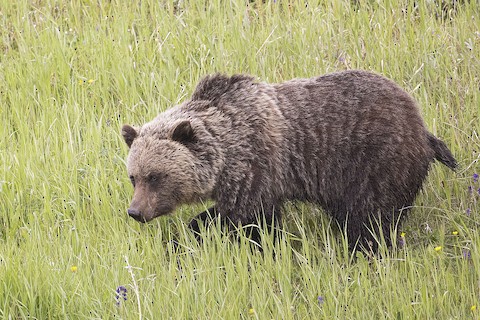
Once found all the way from the Pacific Ocean to the Missisippi River, and from Central Mexico to the Artic Ocean, the plains grizzly bear (Ursus arctos) was declared extirpated from Alberta in 2002 due to human activity that included market hunting, rapid conversion of natural habitat into agricultural fields, and elimination of prey such as the buffalo. While a healthy number of grizzles remain in the Rocky Mountains (an estimated 20,000 individuals), our prairie grizzlies are officially locally extinct.5
Black-footed Ferret
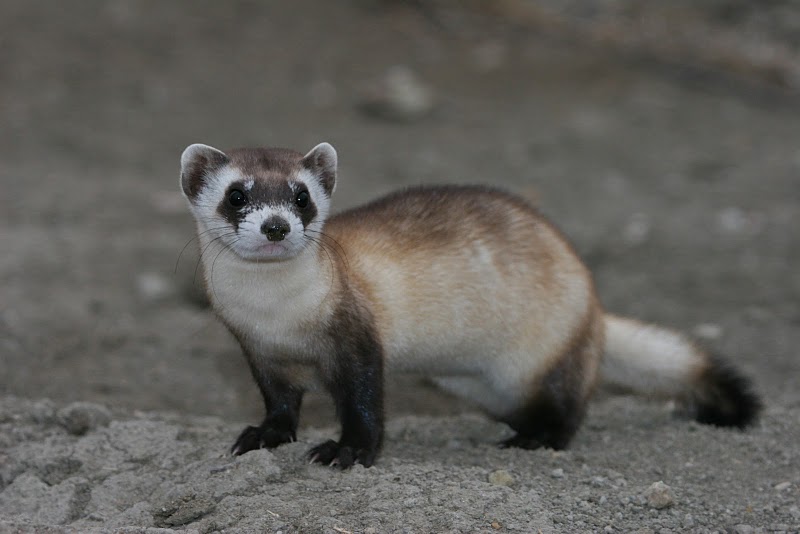
The black-footed ferret (Mustela nigripes) is the only ferret species in the world native to North America and was once found in southern Saskatchewan and Alberta. This species has an intimate relationship with prairie dogs (Cynomys ludovicianus), where the ferrets depend largely on the prairie dogs for survival. Prairie dogs are thought to make up around 90% of the black-footed ferrets diet. Additionally, black-footed ferrets are known to use burrows built by prairie dogs as their own, taking over the former homes of their prey.6
As the agricultural sector began growing exponentially throughout the 1900s, farmers across the Canadian prairies began removing prairie dogs for interfering with crop production.7 Removing this vital source of prey led to such severe declines of the black-footed ferret that by 1979, scientists believed them to have gone entirely extinct. In 1981, a black-footed ferret was discovered in Wyoming. While this served as evidence that the species had not gone entirely extinct, it was evident that black-footed ferrets were in need of some immediate species conservation action.8
Captive breeding programs and reintroduction efforts in the United States and Mexico have helped contribute to population growth of this species. Today, there is an estimated 200 to 300 black-footed ferrets in the wild, but this species remains listed as endangered on the International Union for Conservation of Nature (IUCN) Red List of Threatened Species.9,10 Black-footed ferrets have not been detected in Canada since 1937, and are remain extirpated from Alberta today. 11
Greater Prairie-Chicken
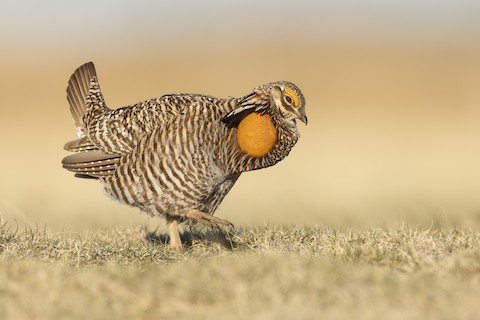
Greater prairie-chickens (Tympanuchus cupido) were once found in grasslands from southern Ontario all the way west to Alberta’s prairies. Populations of this colourful grouse began to decline in the 1920s due to market hunting, and continued to decline through the 1900s. 12 Habitat loss of native prairies in favour of croplands are thought to be the biggest contributor to greater prairie-chicken decline. The greater prairie chicken had not been detected in Alberta since the 1950s, and was declared extirpated from all of Canada by 1990. 13
The greater-prairie chicken exists today in grasslands in Kansas, Nebraska, and South Dakota in the United States. Habitat loss and destruction is still considered one of the greatest threats to this species. 14
Now that you’ve learned about extirpation, and which species have been extirpated from Alberta, you can share these facts with your friends!
References
- Nature News. “Word of the Week: Extirpation”. High Park Nature Centre. July 7, 2022. https://highparknaturecentre.com/word-of-the-week-extirpation/
- United States Geological Survey (USGS). “Why do animals and plants become endangered?”. Updated September 5, 2025. https://www.usgs.gov/faqs/why-do-animals-and-plants-become-endangered#:~:text=Although%20extinctions%20occur%20naturally%2C%20the,and%20the%20spread%20of%20diseases.
- Silliman, B. R. and Angelini, C. 2012. Trophic Cascades Across Diverse Plant Ecosystems. Nature Education Knowledge 3(10):44. https://www.nature.com/scitable/knowledge/library/trophic-cascades-across-diverse-plant-ecosystems-80060347/
- Tori Peglar. “1995 Reintroduction of Wolves in Yellowstone”. Yellowstone National Park. Updated March 10, 2025. https://www.yellowstonepark.com/park/conservation/yellowstone-wolves-reintroduction/
- Parks Canada. Grizzly Bears. Updated September 4, 2025. https://parks.canada.ca/pn-np/mtn/ours-bears/generaux-basics/grizzli-grizzly
- Arya Horon. “The Case of the Missing Prairie Bandit”. Nature Alberta. November 2, 2021. https://naturealberta.ca/the-case-of-the-missing-prairie-bandit/
- Tiffany Huggins. Black-footed Ferret. Nature Canada. n.d. https://naturecanada.ca/discover-nature/endangered-species/black-footed-ferret/
- Arya Horon. “The Case of the Missing Prairie Bandit”. Nature Alberta. November 2, 2021. https://naturealberta.ca/the-case-of-the-missing-prairie-bandit/
- World Wildlife Fund (WWF). Black-footed Ferret. n.d. https://www.worldwildlife.org/species/black-footed-ferret
- Belant, J., Biggins, D., Garelle, D., Griebel, R.G. & Hughes, J.P. 2015. Mustela nigripes (Black-footed Ferret). International Union for Conservation of Nature (IUCN). https://dx.doi.org/10.2305/IUCN.UK.2015-4.RLTS.T14020A45200314.en.
- Nicole Doll. Black-footed Ferret. Canadian Parks and Wilderness Society (CPAWS) Saskatchewan Chapter. April 19, 2021. https://cpaws-sask.org/black-footed-ferret/
- Houston, C. Stuart. 2002. Spread and disappearance of the Greater Prairie-Chicken, Tympanuchus cupido, on the Canadian prairies and adjacent areas. The Canadian Field Naturalist. 116:22. https://zenodo.org/records/16196153
- COSEWIC. 2009. COSEWIC assessment and status report on the Greater Prairie-Chicken Tympanuchus cupido pinnatus in Canada. Committee on the Status of Endangered Wildlife in Canada. Ottawa. 28 pp.
- COSEWIC. 2009. COSEWIC assessment and status report on the Greater Prairie-Chicken Tympanuchus cupido pinnatus in Canada. Committee on the Status of Endangered Wildlife in Canada. Ottawa. 28 pp.
